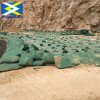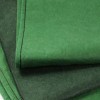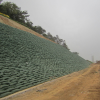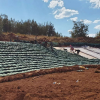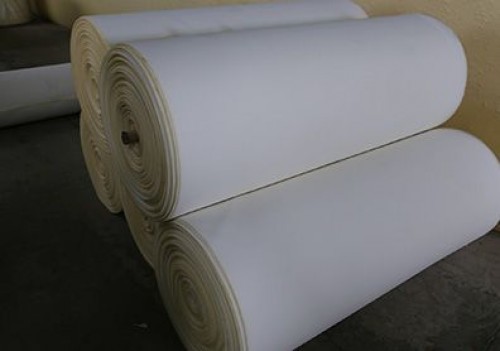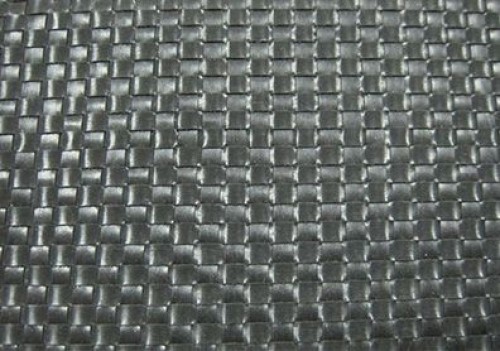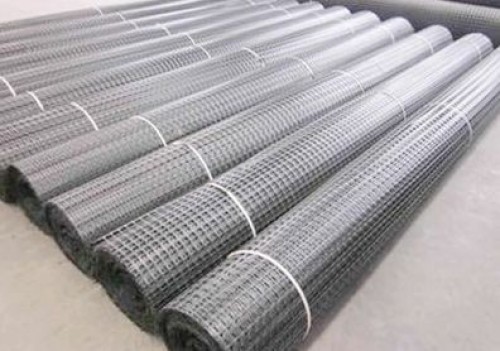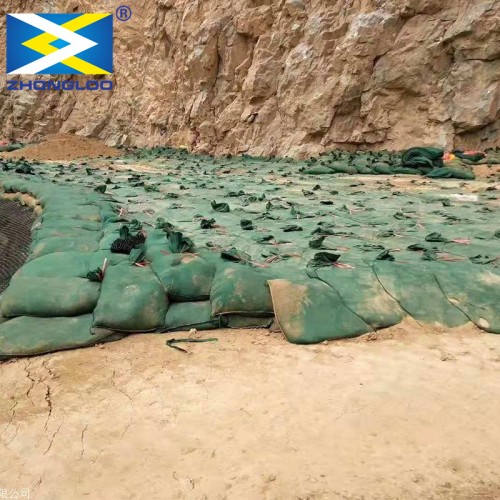


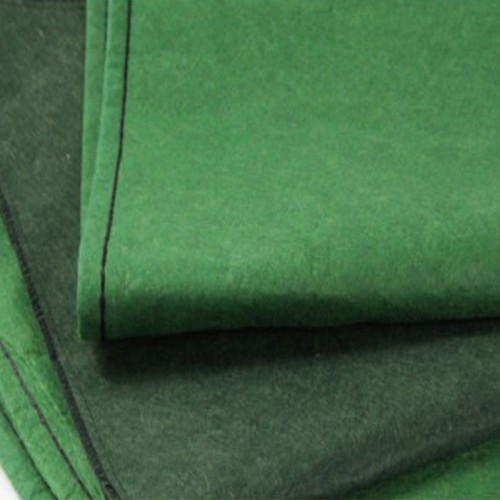
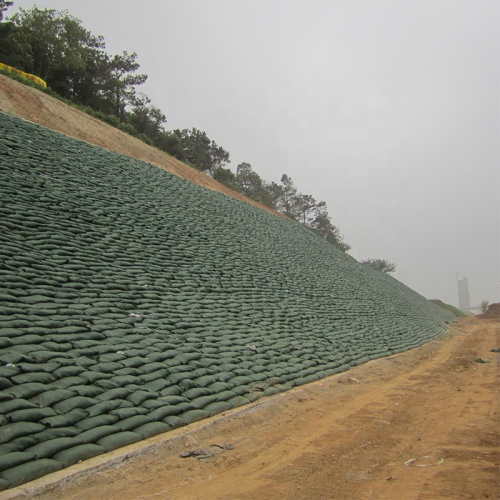
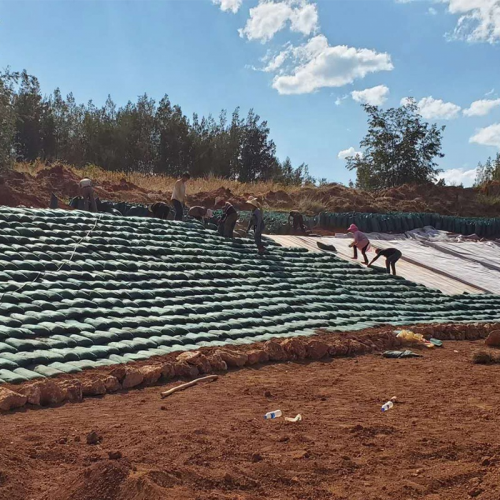
High Strength Nonwoven Geotextile Geotube Geobag
1. High strength, low deformation
2. Durability: steady property, not easy to resolved, air slaked and can keep the original property long term
3. Anti-erosion: anti-acid, anti-alkali, resists insects and mould
4. Permeability: could control the sieve size to retain certain permeability
5. Effective high volume containment
6. Efficient dewatering and volume reduction
7. Cost effective
8. No special equipment required
Description:

Technical data
| Item | Unit | Technical Parameters | |||
| Tube 500 | Tube 750 | Tube 1000 | |||
| Breaking strength | MD | KN/m >= | 70 | 120 | 200 |
| CD | KN/m >= | 90 | 120 | 200 | |
| Elongation of break | MD | %<= | 20 | 20 | 20 |
| CD | %<= | 10 | 10 | 10 | |
| Sewing Tensile strength | >=% | 80 | 80 | 80 | |
| Bursting Strength(CBR) | KN>= | 8 | 14 | 18 | |
| Equivalent opening size(O90) | mm | 0.2-0.6 | 0.2-0.6 | 0.2-0.6 | |
| Permeability(Q50) | L/m2/s>= | 20 | 13 | 15 | |
| UV-resistance(500HRS strength retention) | %>= | 90 | 80 | 80 | |
Featur
1. High strength, low deformation
2. Durability: steady property, not easy to resolved, air slaked and can keep the original property long term
3. Anti-erosion: anti-acid, anti-alkali, resists insects and mould
4. Permeability: could control the sieve size to retain certain permeability
5.Effective high volume containment
6.Efficient dewatering and volume reduction
7.Cost effective
8.No special equipment required
Application
1. Bank protection
2. Dyke protection
3. Base protection
4. Embankment engineering
5. Dam engineering
6. Cofferdam engineering
The whole process has three-steps:
Step 1: Filling -- Sludge (dredged material) is pumped into the tube container. Environmentally-safe polymers are added to the sludge, which makes the solids bind together and water separate. container's unique fabric confines the fine grains of the material.
Step 2: Dewatering -- Clear effluent water simply drains from the tube container through the small pores in the specially engineered textile. This results in effective dewatering and efficient volume reduction of the contained materials. And this volume reduction allows for the repeated filling of the tube container. Over 99% of solids are captured, and clear filtrate can be collected and recirculated through the system. The decanted water is often of a quality that can be reused/returned for processing or returned to native waterways without additional treatment.
Step 3: Consolidation -- After the final cycle of filling and dewatering, the solids remain in the bag and continue to densify due to desiccation as residual water vapor escapes through the fabric. Volume reduction can be as high as 90 percent. When full, the tube container and contents can be deposited at a landfill, remain on-site, or the solids can be removed and land-applied when appropriate.
Our Factory






